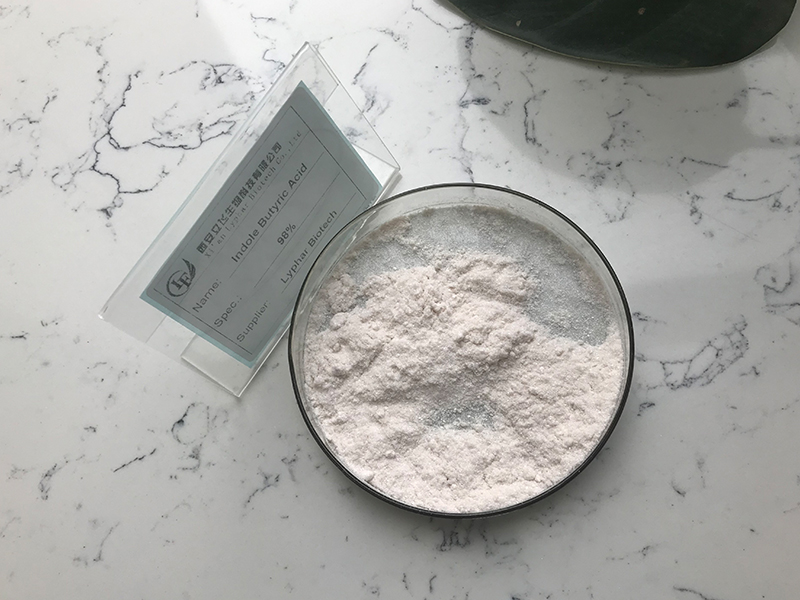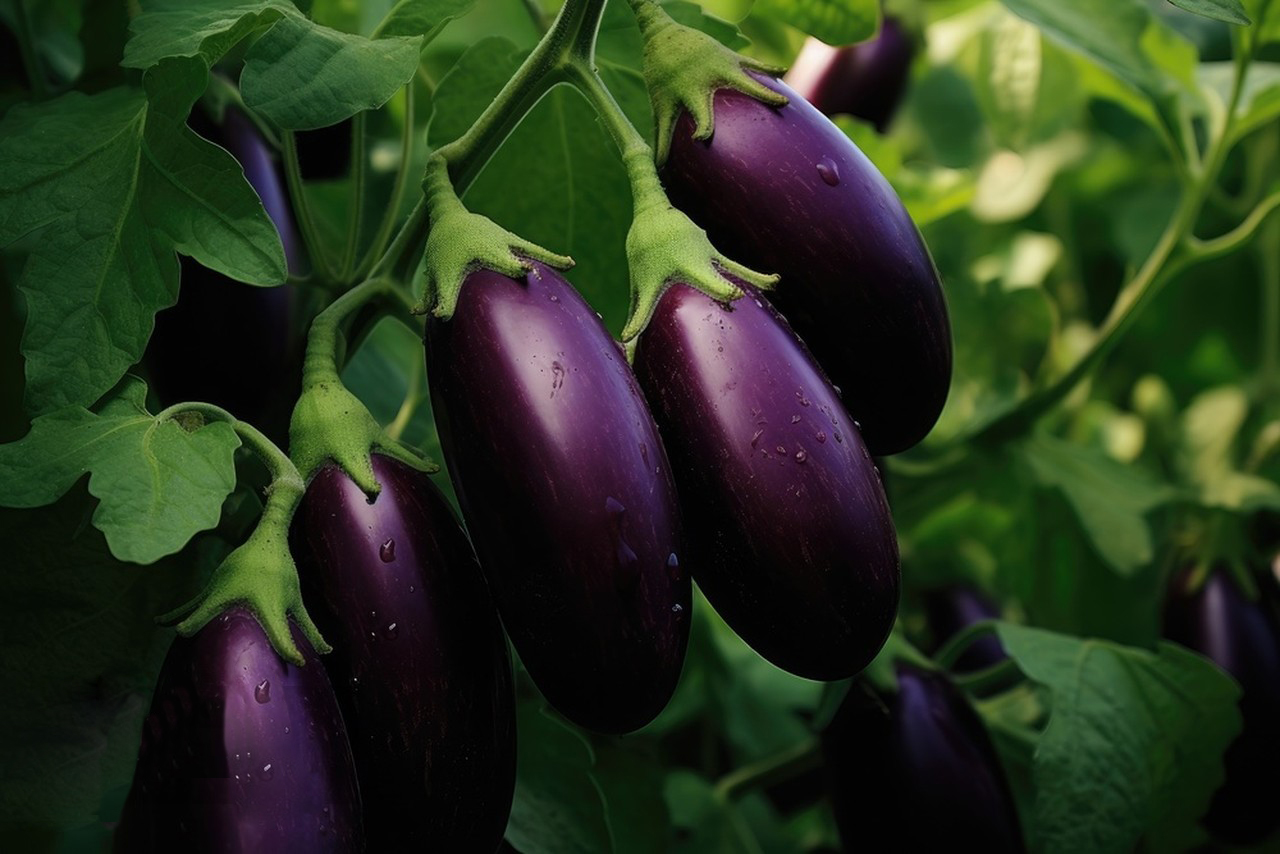Indolebutyric Acid (IBA) is a synthetic plant hormone that is commonly used as a rooting hormone in horticulture to promote the formation of roots on plant cuttings. The basic ingredient of Indolebutyric Acid is indole, which is a heterocyclic aromatic organic compound. Indole itself is a natural plant hormone and is found in various plant tissues.
In the case of Indolebutyric Acid, the indole structure is modified by the addition of a butyric acid group, resulting in the formation of indolebutyric acid. This modification enhances the hormone’s effectiveness in stimulating root development in plant cuttings.
To summarize, the basic ingredient of Indolebutyric Acid is indole, with the addition of a butyric acid group to create a compound that is particularly effective in promoting root formation in plants.

Efficacy and Effects of Indolebutyric Acid
Indolebutyric Acid (IBA) is a plant hormone that belongs to the auxin family. Auxins play a crucial role in various plant growth and development processes, including root initiation and development. Indolebutyric Acid, in particular, is commonly used in horticulture and agriculture for its ability to stimulate root development, making it a popular choice for rooting hormones.
Here are some key points regarding the efficacy and effects of Indolebutyric Acid:
Root Induction: One of the primary uses of Indolebutyric Acid is to promote the formation of roots in plant cuttings. It is often applied to the cut end of a stem or leaf to encourage the development of roots, allowing for the propagation of new plants.
Concentration and Application: The effectiveness of Indolebutyric Acid depends on its concentration in the solution used for treatment. Different plant species and even different varieties within a species may respond differently to varying concentrations. Proper application methods, such as dipping or spraying, also influence the efficacy of Indolebutyric Acid.
Cloning and Propagation: Indolebutyric Acid is widely utilized in cloning and propagation efforts, particularly in the production of ornamental plants, fruit trees, and other crops. It helps in the establishment of a healthy root system in the newly formed plantlets.
Environmental Factors: The success of Indolebutyric Acid application can be influenced by environmental factors such as temperature, humidity, and light. Optimal conditions for root development need to be maintained to maximize the hormone’s effectiveness.

Transplanting: Indolebutyric Acid can be beneficial during transplanting, as it aids in the establishment of a robust root system, reducing transplant shock and increasing the chances of survival for the transplanted plants.
Compatibility: Indolebutyric Acid is generally compatible with a variety of plant species, but it’s important to consider the specific needs of each plant. Some species may respond better to other auxins or may require different concentrations of IBA for optimal results.
Regulatory Aspects: When using Indolebutyric Acid, it’s crucial to follow recommended guidelines and regulations, especially in commercial agriculture. Excessive use or incorrect application may have negative effects on plant growth.
Research and Development: Ongoing research in the field of plant hormones continues to refine our understanding of the effects of Indolebutyric Acid and its applications. New formulations and delivery methods are being explored to improve the efficiency of rooting hormones in plant propagation.
In summary, Indolebutyric Acid is an important tool in horticulture and agriculture for promoting root development and enhancing the success of plant propagation. However, its efficacy is influenced by various factors, and proper application methods and concentrations should be considered for different plant species and conditions.
